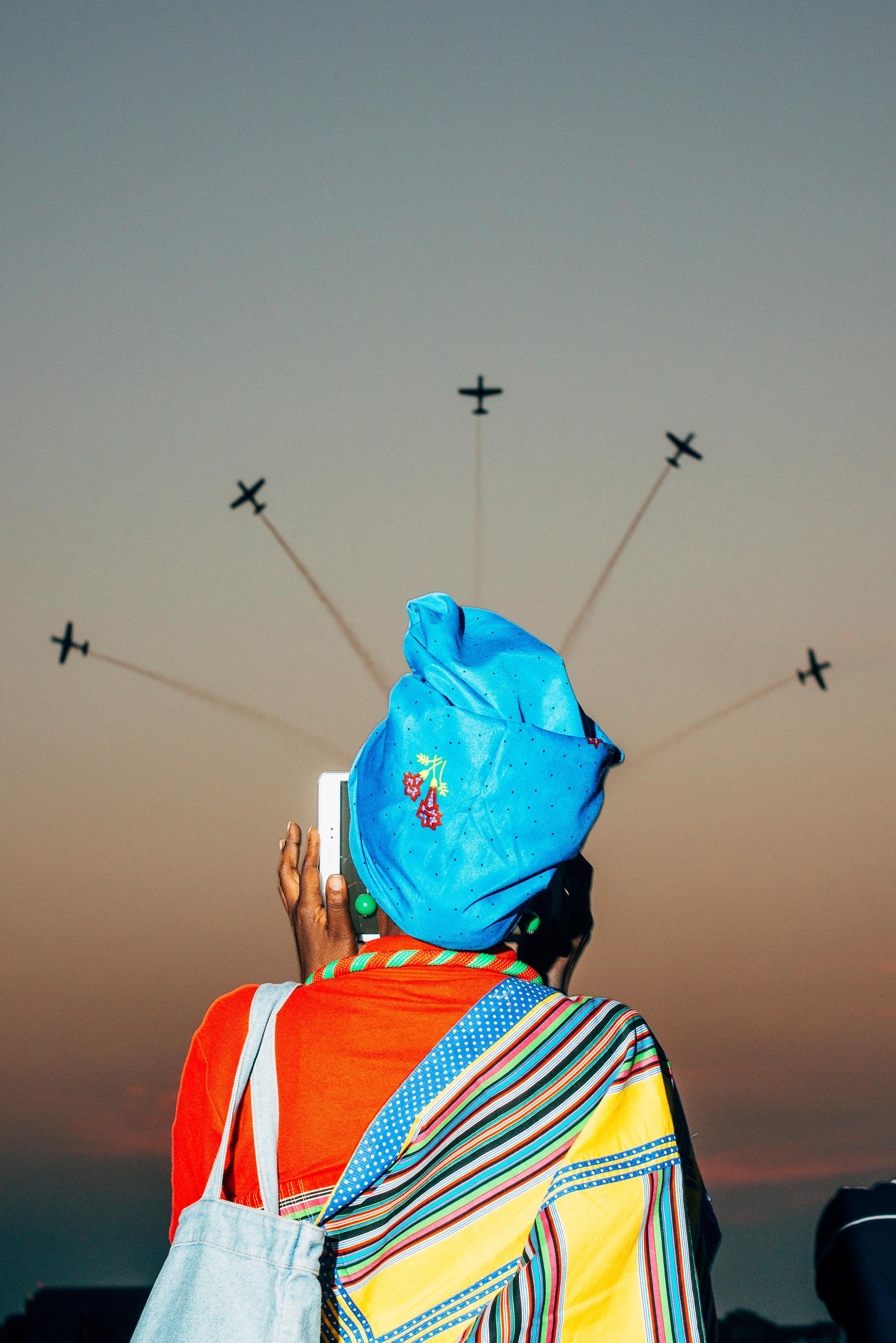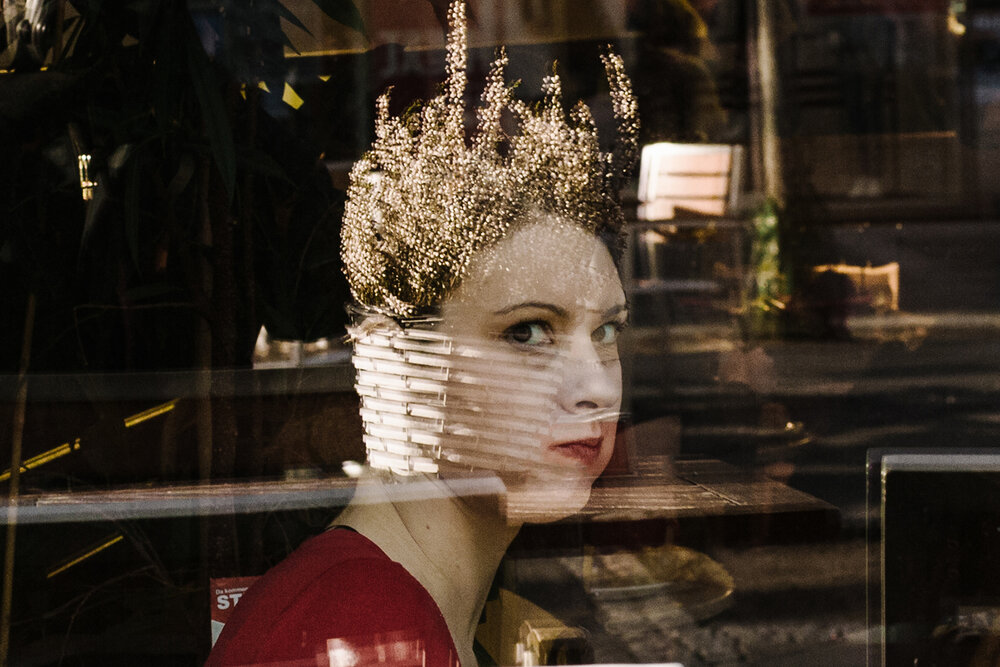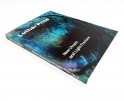Collective Week: Burn My Eye Collective
In the past few years, the term artist collective has become common, especially in larger cities where hubs of creativity form. At first, I did not know the purpose of a collective – they had been mentioned to me often but I had no idea what a collective was or why one would want to be in a collective. In many ways, I saw art as a solitary activity. Through my research and conversations with these collectives, I have come to learn that art can be a solitary activity, but it doesn’t have to be. When an artist meets with others for the purpose of creating together, that is when creativity truly flourishes.
In photography, artists tend to have a type of photo they prefer to take, such as landscape photography, or portraits. Beginning as a subgroup of members on Flickr, Burn My Eye Collective brought together photographers who had a passion for street photography and a desire for more collaboration and interaction with each other. Since its conception, this collective has found its footing and provides members a chance to curate series and provide constructive feedback in a safe space. Following themes or curating exhibitions based on similar characteristics allows these artists to branch out of the mold that many photographers find themselves in. Burn My Eye initiates creativity and inspires its members to take chances, resulting in artists who are not afraid to explore the world around them.
“Collective” is a word that has gained traction amongst creatives as a way to identify themselves as a group. Artist collectives can vary depending on the groups’ goals, leadership, and motives – because of this broad definition, a collective can play a part in many art initiatives. A collective may focus on exhibiting work, or function as an organization that leads workshops and classes. A collective may include artists who want to create art together without the broader goals of exposure. In many ways, an artist collective is simply a group of creatives who wish to work together to achieve their goals – whatever they may be.
Most of the founding members of Burn My Eye first met on the popular Flickr group Hardcore Street Photography in the mid- to late-aughts. We wanted a place to discuss our work with peers we respected and admired. Later, as HCSP continued to expand (it currently numbers over 90,000 members and is still growing, which is something for a supposedly “dead” platform), we made a private group for our own purposes. We enjoyed the resulting chemistry and fruitful interactions so much that we eventually decided to officially form the BME collective in 2011.
People have come and gone from the group over the last dozen years, and while we number 18 currently, what has kept us together is our mutual respect for one another as well as our desire for useful criticism and insight into each other’s work. We also enjoy creating edits involving multiple members’ works, creating series that are greater than the sum of their parts.
What has cemented our ties further is certainly being able to meet up in person, putting names with faces at the several international exhibitions we’ve been invited to over the years, including shows and workshops in London, Paris, Bangkok, Taipei and San Francisco. As a result, our online conversations flow more smoothly when less is left to oversimplified interpretation of bare text. This has afforded us more flexibility and accommodation of our various quirks and eccentricities
We all have our individual styles, each letting our cameras follow our curiosity in different ways, aimed at the flow of our lives. But it’s not just random snapping—we feel that a good photograph conveys the spirit of the moment through effective composition and the intelligent, emotive choices of the photographer. While street photography is extraordinarily easy to do, it is also extraordinarily difficult to do well.
Street photography also tends to be a lonely pursuit; walking around with other people creates a distraction from one’s observation of the world. In this light, it is even more important to have a group we identify with, a place where we can all ask questions and vent and be understood after long days of pounding the sidewalks alone. Also, in this era of social media popularity contests, Kickstarters and other virtual meat-market strategies to monetize and make one’s mark in this crazy mix, being part of a collective provides a welcome dose of personal connection.
Follow Burn My Eye Collective on Instagram: @burnmyeye
Kassandra Eller: I would love to begin by discussing how this collective came to be. I see in your statement that Burn My Eye’s roots began on Flickr. How did Burn My Eye make the transition to a collective? What was the journey like?
Burn My Eye: We found each other on the Flickr group Hardcore Street Photography, which was at the time (and still is) one of the most popular and active street photography groups on the platform. We desired to get away from the tens of thousands of members and talk among ourselves, so we started a private group, and found a certain amount of satisfaction in being able to discuss our art and work with like-minded individuals who were also willing and able to challenge each other in a constructive fashion. Basically, it made all of our work better. So we decided in 2011 to make it official and launched the BME collective.
KE: In addition to members pursuing their own projects, it looks as though Burn My Eye has opportunities for artists to work together based on the “Collective Thinking” tab on your website. How does a collaborative project occur? Is the theme of the project created by a curator, or by the collective members?
BME: It depends on who initiates it, but most times a member will look at the work we’ve been putting out, notice certain themes or have their own idea that they see reflected in some of our work, and just go through each of our streams looking for connections. We’ve all been shooting for a long time, so the amount of work to go through has become rather daunting in recent years. At times someone will ask for submissions, but all in all we tend to respect the choices of whomever is making the edit. In any case, suggestions and critique are always welcome; that’s kind of why we got together in the first place.
KE: In your statement you discuss how street photography can be “a lonely pursuit.” How has being part of collective combatted the isolation that comes with photography?
BME: It’s difficult to discuss the pursuit of candid photography with most people; it is one of the most misunderstood kinds of photography, and often derided in these days of social media and ubiquitous government/corporate surveillance causing a rise in public paranoia, so it’s an immense comfort to be able to talk about it with people who can empathize with what we do. And especially in this age of mass text-based missives that tend to divide and isolate, having a small group of people who support each other is a comfort and a reason to keep making meaningful work that we hope resonates with others.
KE: Burn My Eye all began in 2011, which is quite some time ago. How has this collective grown? What are some of the things you learned?
BME: Several people have come and gone over the past dozen years, most amicably, but some not. We have shifted somewhat in focus away from strictly street photography to include more abstract and contemplative photographic pursuits, while maintaining our original spirit. Conflicts are rarer as we’ve come to know each other’s moods, but new members always shake things up a bit, which is something we need now and then.
KE: What words of inspiration do you have for artists interested in starting a collective of their own?
BME: I would say focus on the reason you’re doing it. If it’s just to say that you are part of a collective, it might not last long; the last decade is unfortunately littered with abandoned collectives. If you are genuinely interested in working together and making compelling art rather than basic self-promotion, then I’d say go for it. The world needs more authentic, compelling work, especially in this age of corporations pushing AI and fake images masquerading as photography, causing us to doubt everything we see.
KE: What is next for Burn My Eye? Are there any new ideas or goals you want to implement in the next few years?
BME: It’s hard to say in these uncertain times. Two of our members are living in currently active conflict zones, and others in politically sensitive areas. How that will affect our work going forward is hard to say right now. Due to the pandemic, we haven’t been able to get together in person as we did before for exhibitions and workshops in places like London, Paris, San Francisco, Bangkok and Taipei, and despite being invited to participate in various international festivals, the logistic complexity and costs of doing so, including exhibition and travel, etc., have skyrocketed in recent years, which is a challenge to most of us.
Posts on Lenscratch may not be reproduced without the permission of the Lenscratch staff and the photographer.
Recommended
-
Earth Month Photographers on Photographers: Tyler Green in Conversation with Megan JacobsApril 15th, 2024
-
Luther Price: New Utopia and Light Fracture Presented by VSW PressApril 7th, 2024
-
Emilio Rojas: On Gloria Anzaldúa’s Borderlands: The New MestizaMarch 30th, 2024
-
Artists of Türkiye: Cansu YildiranMarch 29th, 2024
-
Artists of Türkiye: Sirkhane DarkroomMarch 26th, 2024















































































